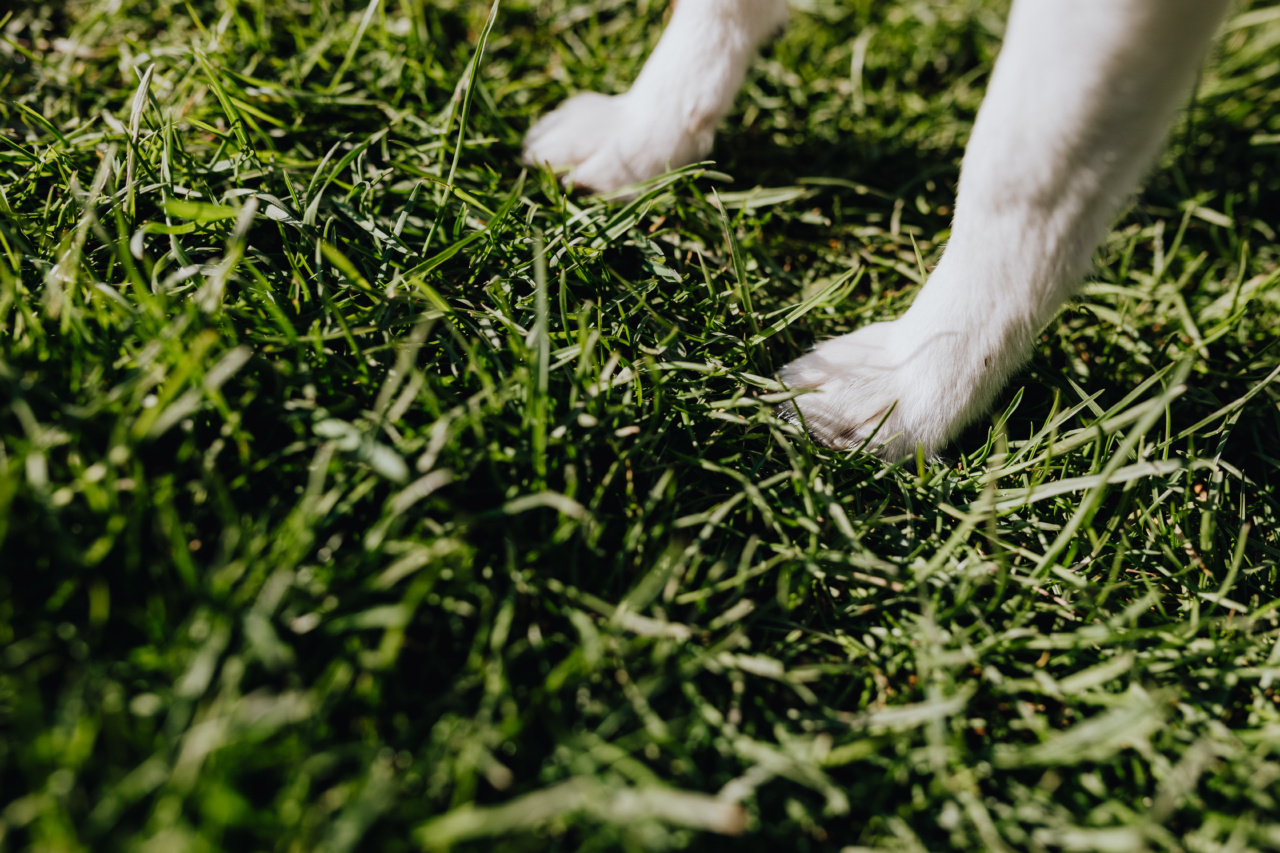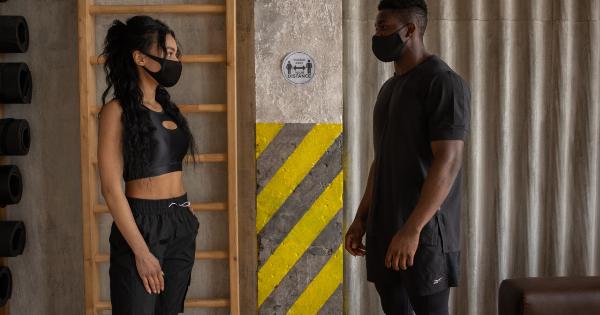As summer approaches and the sun shines brightly, it’s important to remember that our furry friends are just as susceptible to the harmful effects of solar damage as we are.
Dogs, particularly those with light-colored fur and thin coats, are at a higher risk of sunburns, heatstroke, and even skin cancer. So, how can you protect your beloved canine companion from the sun? This comprehensive guide will give you all the information you need to keep your dog safe and happy during those sunny summer days.
Understanding the Risks
Before we delve into the protective measures, it’s important to understand the risks that excessive sun exposure poses to dogs.
Just like humans, dogs can experience sunburns, especially on areas with little to no fur like the nose, ears, and belly. Sunburn can cause pain, redness, blistering, and even peeling of the skin.
In addition to sunburn, dogs can also suffer from heatstroke due to prolonged exposure to high temperatures. Heatstroke is a life-threatening condition that requires immediate medical attention.
Symptoms of heatstroke in dogs include excessive panting, drooling, vomiting, diarrhea, collapse, and seizures.
Furthermore, certain dog breeds are more susceptible to developing skin cancer, especially on areas that are constantly exposed to the sun.
Light-colored dogs, dogs with thin hair coats, and dogs with white fur on their ears and nose are particularly at risk. Skin cancer in dogs often appears as non-healing sores, unusual lumps or bumps, or discolored patches on the skin.
Limiting Sun Exposure
The first step in protecting your dog from the sun is to limit their exposure during peak hours of sunlight, which is typically between 10 a.m. and 4 p.m.
Avoid going for walks or engaging in any outdoor activities during these hours, as the intensity of the sun’s rays is at its peak.
When you do need to take your dog outside, provide them with shaded areas to rest in or invest in a portable dog shade tent. This will give your furry friend the opportunity to take a break from the sun and cool down if necessary.
Additionally, avoid walking your dog on hot pavement or sand, as these surfaces can quickly reach scorching temperatures that can cause burns on your dog’s paw pads. Instead, opt for grassy areas or use booties to protect their paws.
Applying Dog-Safe Sunscreen
Yes, you read that right – dogs can wear sunscreen too! However, it is crucial to remember that dogs require sunscreen specifically formulated for their sensitive skin. Human sunscreens often contain chemicals that can be toxic to dogs when ingested.
Therefore, always opt for a veterinarian-approved dog sunscreen.
When applying sunscreen to your dog, focus on areas that are more prone to sunburns, such as the nose, ears, belly, and any patches of thin or light-colored fur.
Gently rub the sunscreen onto these areas, making sure to follow the instructions provided by the manufacturer. Reapply sunscreen every couple of hours or as directed to ensure continuous protection.
Protective Clothing and Accessories
Just like humans wear protective clothing and accessories to shield themselves from the sun, dogs can benefit from these as well.
Consider dressing your dog in lightweight, breathable clothing that covers their back, belly, and any other areas that are susceptible to sunburns. Look for clothing made from UPF (Ultraviolet Protection Factor) fabric, which provides enhanced sun protection.
For dogs with light-colored ears and noses, consider using specially designed dog sunglasses or a sun hat with a wide brim to protect these highly sensitive areas. Just ensure that the accessories fit properly and are comfortable for your dog to wear.
Provide Ample Hydration
Keeping your dog hydrated is crucial, especially during hot summer days. Ensure that your dog has access to fresh, clean water at all times, both indoors and outdoors. Consider placing multiple water bowls around your home and yard to encourage drinking.
If you’re planning on taking your dog for a walk or engaging in any outdoor activities, bring a portable water bowl and a bottle of water with you. Offer your dog frequent breaks to drink and rest in shaded areas.
Remember, dogs can’t sweat like humans do, so they rely on panting to cool themselves down. Sufficient hydration is essential for preventing heatstroke.
Provide Indoor Cooling Options
To protect your dog from excessive heat, it’s essential to provide them with cool indoor spaces. If you have air conditioning, ensure that it is functioning properly and set at a comfortable temperature for your dog.
Set up a fan or two in the areas where your dog likes to relax to enhance air circulation.
If air conditioning is not an option, create a cool and shaded spot for your dog by using a fan, placing ice packs wrapped in a towel in their bed, or providing a cooling mat.
You can also freeze a few dog-friendly treats or toys to help keep them entertained while staying cool.
Regularly Check for Signs of Sunburn
Even with all the protective measures, dogs can still experience sunburns. Therefore, it’s important to regularly check your dog’s skin for any signs of sun damage. Look out for redness, swelling, blisters, and peeling of the skin.
If you notice any of these symptoms, consult with your veterinarian for appropriate treatment and guidance.
Keep in mind that some dogs are more prone to sunburns and skin cancer than others. Breeds with thin coats, light-colored fur, and exposed skin areas are at a higher risk.
If you have a dog that falls into these categories, consider discussing preventive measures and regular check-ups with your veterinarian.
Conclusion
Protecting your dog from solar damage is of utmost importance, especially during the summer months.
By understanding the risks, limiting sun exposure, applying dog-safe sunscreen, providing protective clothing and accessories, ensuring ample hydration, offering indoor cooling options, and regularly checking for signs of sunburn, you can keep your furry friend safe and happy under the sun.





























